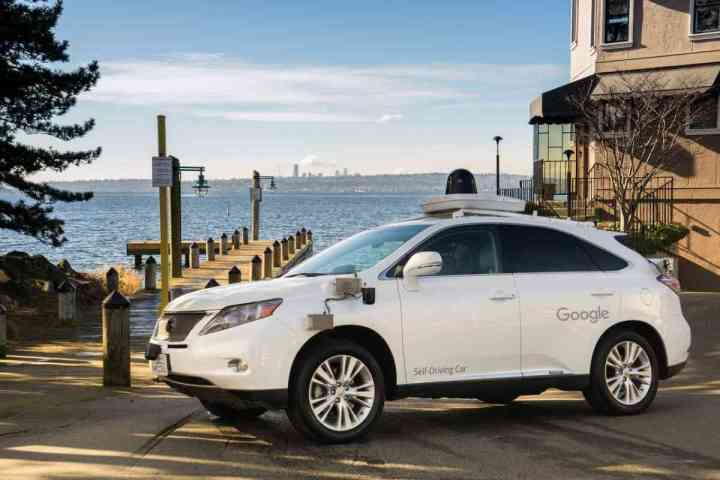
Qualcomm Technologies, Inc., an offshoot Qualcomm Inc. announced a partnership with TomTom, the navigation company, to provide autonomous cars with the best map data around. The collaboration will pair Qualcomm’s Drive Data Platform (DDP) with TomTom’s HD Map tool.
DDP collects and analyzes data from vehicle sensors to learn driving patterns, monitor surroundings, and share data with smart cars and infrastructure. TomTom’s HD Map allows autonomous vehicles to precisely locate themselves on the road at any speed.
This partnership will, to some degree, bypass the traditional way of categorizing map data. Instead of using massive vehicle fleets to collect location, imagery, and Lidar data, Qualcomm and TomTom will use machine learning (powered by the Qualcomm Snapdragon 820Am processor) and crowdsourcing to build its knowledge base. The new method will allow connected cars to see and understand their environment, traffic and road conditions, and support real-time input for map and road condition updates.
“Feature-rich, highly accurate and frequently updated HD maps are critical to support some of the most advanced applications envisioned in the automotive industry, especially for autonomous driving,” said Willem Strijbosch, head of autonomous driving at TomTom. “We are building the cloud-based platform to make and maintain HD maps using a range of input sources, including crowdsourced data from swarms of intelligent connected vehicles. We’re excited to explore the connectivity and compute capabilities of the Qualcomm Drive Data Platform to help map the world for the future of driving.”
We will have a chance to learn more about this crowd-sourced mapping system at Mobile World Congress this week.
Editors' Recommendations
- Tesla Autopilot vs. full self-driving: What’s the difference?
- Beleaguered robotaxi startup Cruise lays off quarter of workforce
- Cruise’s robotaxi service suspended by California regulator
- Waymo expands robotaxi service area in San Francisco
- Cruise autonomous vehicle drives over woman just after she was hit by another car

